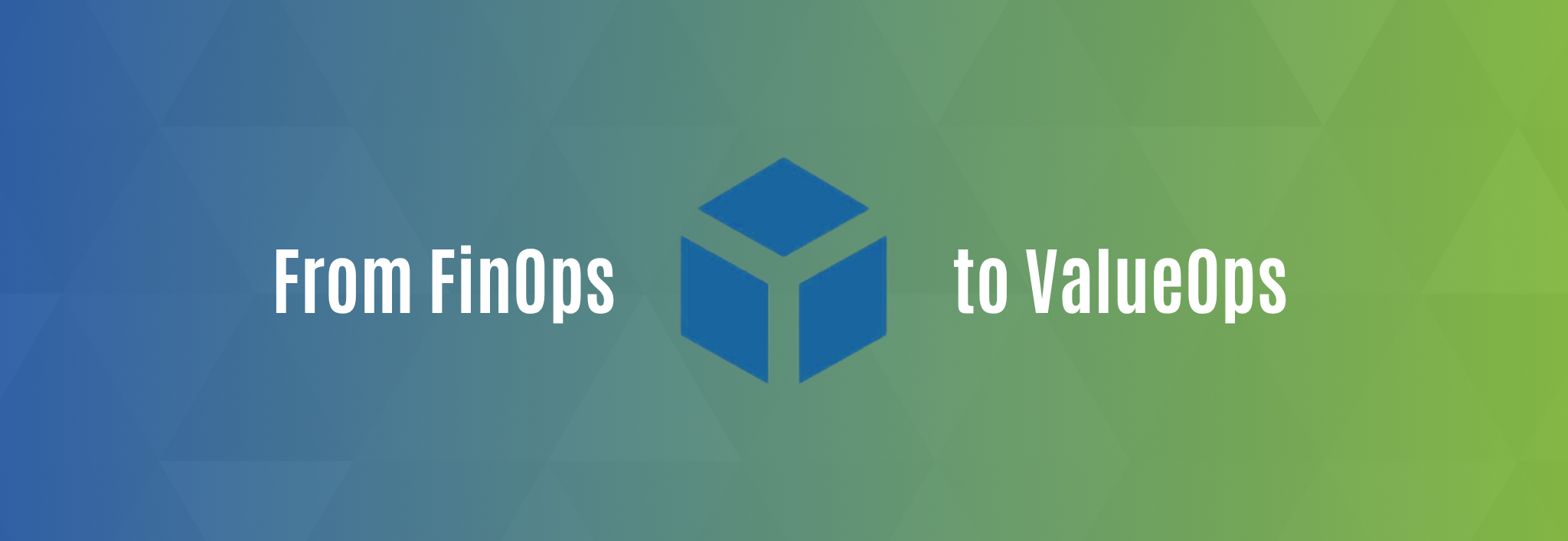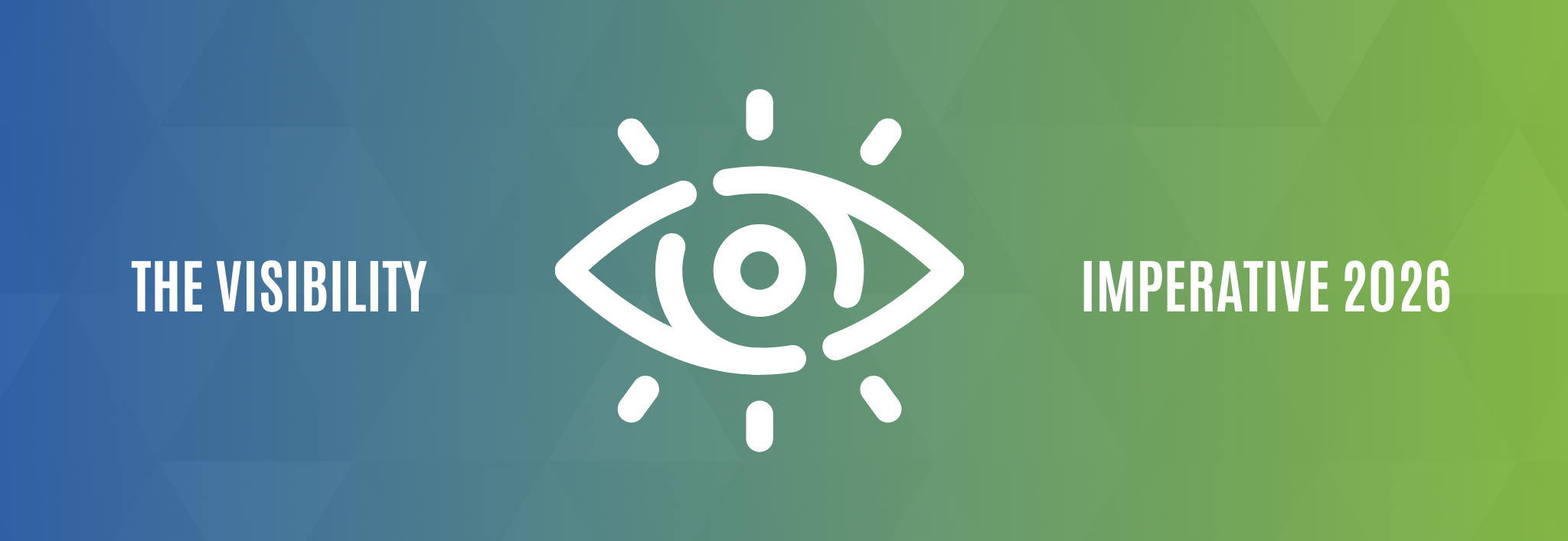Java has turned 30, and with Oracle’s release of Java 25, the platform is showing no signs of slowing down. More than a routine update, Java 25 represents a milestone for developers, IT leaders, and asset managers alike, combining new technical features with heightened compliance challenges. Here’s what you need to know.
What’s New in Java 25?
Oracle has made Java 25 one of the most forward-looking releases to date, with enhancements that target AI integration, developer productivity, and enterprise security.
- Pattern Matching for Primitives – Expands pattern matching capabilities, simplifying code and improving runtime efficiency.
- Streamlined Module Management – Reduces complexity in modular applications, making large-scale deployments easier to manage.
- Multithreaded Programming Tools – New APIs improve reliability and safety in concurrent environments.
- Vector API Enhancements – Continues to accelerate data processing, offering major performance gains in compute-heavy workloads.
- Key Derivation Function (KDF) API – A step forward in cryptographic security, designed to better protect sensitive information.
- Java Flight Recorder Improvements – Now supports deeper CPU-time profiling, giving teams sharper insights into application performance bottlenecks.
Together, these updates position Java 25 as a strong foundation for organizations invested in cloud-native applications, AI workloads, and secure enterprise development.
The Licensing Reality
While the technical upgrades are significant, the licensing model around Oracle Java continues to present challenges.
- Subscription Requirements – Unlike older versions (Java 8 Update 211 and earlier), newer Java releases generally require a paid subscription.
- Java 21’s Temporary Free Window – Java 21 is currently free under Oracle’s No-Fee Terms and Conditions (NFTC), but this ends about a year after the next long-term support (LTS) release, at which point organizations must license it.
- Java 25 and Beyond – Java 25 follows this same model. It includes eight years of LTS with quarterly updates until September 2028 under NFTC. After that, updates require a paid Oracle subscription.
Perhaps the biggest shift is Oracle’s move to employee-based licensing. Instead of licensing per installation or per user, organizations now pay based on total headcount. This means even one licensed Java deployment could trigger costs across an entire workforce.
With Oracle actively auditing environments, and with overlapping usage of Oracle Java and OpenJDK commonly creating confusion, compliance risk is higher than ever.
How to Stay Compliant (and Control Costs)
Organizations need a clear strategy to mitigate compliance risk while still leveraging the strengths of Java 25. Here are four actionable paths:
- Audit Your Environment
Identify which Java versions are installed across your systems. Remove or restrict paid versions unless strategically needed. - Standardize on Oracle Java 21+
Implement a six-month update procedure to ensure you’re always within the NFTC window and not caught off guard when free licensing expires. - Switch to OpenJDK
Consider alternatives like OpenJDK, a free, open-source version of Java that removes Oracle’s licensing complexities. - Purchase Oracle Licensing
If ongoing compliance checks and version management are too burdensome, paying for or renewing Oracle licenses may be the simplest path forward.
Final Thoughts…
Java 25 is both a technical leap and a compliance challenge. The platform offers unmatched tools for modern enterprise development, but at a cost. Treating Java as a strategic asset rather than a free utility is essential.
By auditing usage, segmenting deployments, and exploring alternatives like OpenJDK, organizations can stay compliant, avoid costly audits, and make the most of Java’s ongoing evolution.
Any other concerns or doubts? Contact us today!








